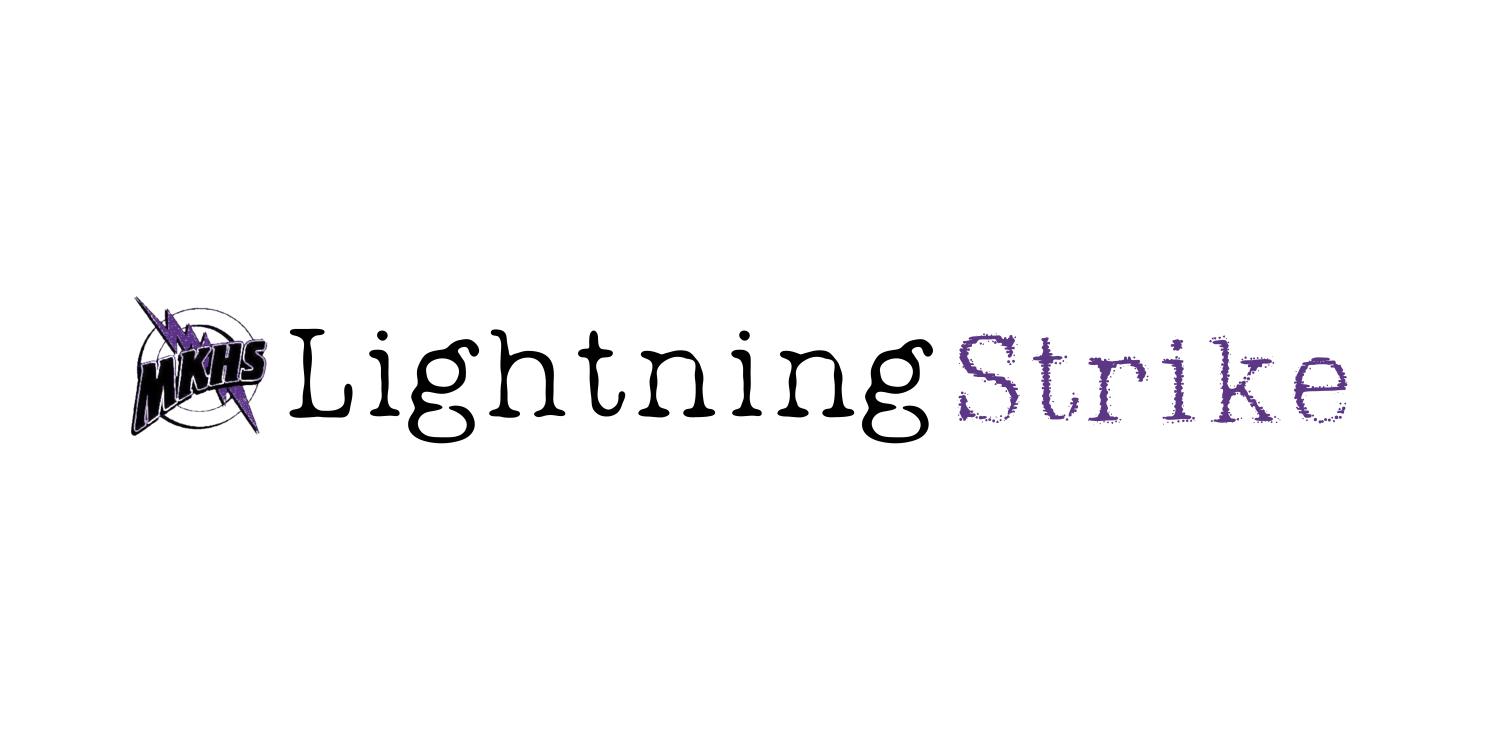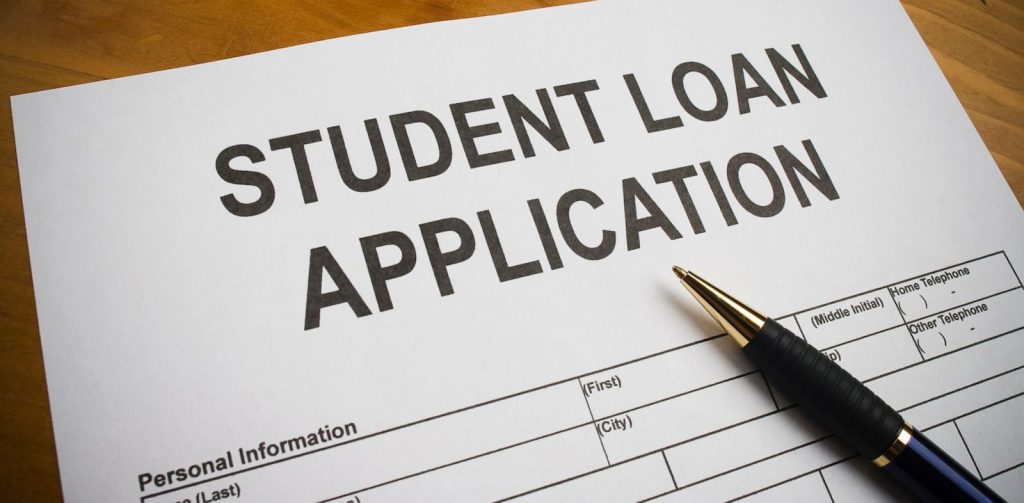Above: Student loan applications are on the rise and are a necessity for any college application
You’ve won the battle, but you have yet to win the war; the long trials of college admissions are followed by the the short-lived feat of an admissions letter. D-Day, or Decision Day, is over, you know where you will be attending next fall.
But winning this battle comes with the crippling national $37,000 burden of student loans that leave you fighting the war decades after you graduate.
The question of whether to take out a student loan is not the problem. According to Student Loan Report over 70 percent of college students are student loan borrowers. So the real question is what student loans to take out.
The exponentially increasing costs of tuition has caused an even more significant rise in student loans. The costs of in-state public college tuition is $24,610 a year, rising over 296 percent since 1995 according to U.S. News.
Parents and students are well aware of this fiscal trap and are forced to turned to multiple sources in order to come up with funds.
This year, the College Board reported the national average for individual student loan debt was more than $27,000, meaning that students were only able to pay back 28 percent of the loans they had taken out. In the 2016-2017 school year alone, student loan debt has risen more than 6 percent and is now $620 billion more than the national credit card debt.
Student loans leave recent graduates financially obligated from the time they throw their caps in the air until they are at least 40 years old according to U.S. News, which reports that student loans from bachelor’s degrees take an average of 21 years to pay back.
“You should try to avoid student loans and getting into debt by recognizing your costs,” CAP Advisor Robert Roddy said. “So often I see students ignoring that possibility, but sometimes loans are just a necessary evil.”
Although the chances that you can avoid student loans may be out of your control, there are things you can do to minimize the financial damage later on.
Federal loans through programs such as Federal Student Aid (FAFSA) provide students with a manageable borrowing plan that allows them to pay back in small installments without ruining their credit score. After 20 years of paying for loans from FAFSA, the government dismisses the remaining debt under the William D. Ford Direct Loan program which was enacted in 2010.
But take heart. Although the current system puts you on a path where you will be financially obligated for the years following your graduation, a 2-4 year degree opens countless opportunities.





























